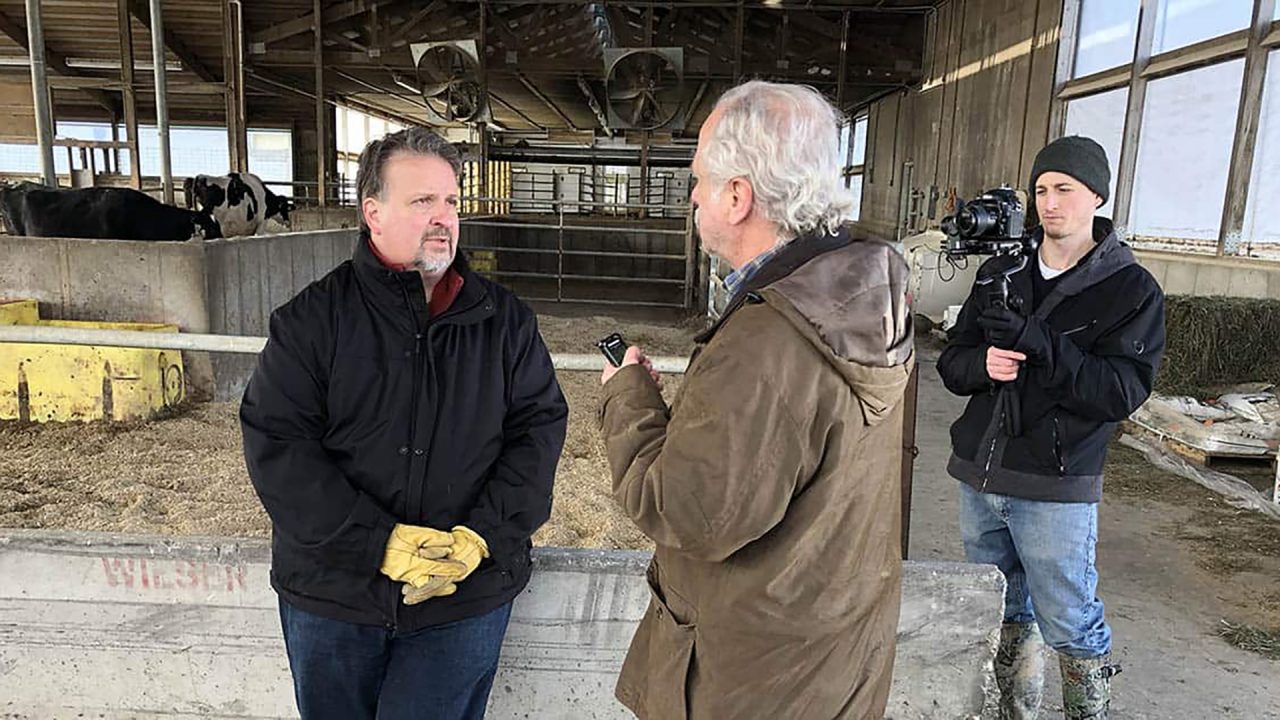Milwaukee newsroom collaboration brings unique approach to ‘Frontline’ local journalism initiative
A Milwaukee PBS collaboration combined the strengths of broadcast and print journalism to produce a documentary about Wisconsin’s changing rural economy.
Journalists are creators now, and that’s a good thing
We’re living in a remarkable time when reporters no longer have to win an editor’s approval to publish a story, reach an audience, and get paid.
It’s time for journalists to take their own mental health seriously
“Journalists occupy a unique position at the intersection of news, mental health, and societal norms. Those called to the profession of journalism likely have intuitive listening gifts and can easily put themself in the shoes of another — a capacity for empathy.”
News Experiments Prove Local Journalism Isn’t Easily Replicated
The goal is to remain local while serving an audience with news they aren’t getting from more national-driven outlets.
Learn More About Using Federal COVID-19 Data with The COVID Tracking Project
In February and March, The COVID Tracking Project will host a series of free trainings to help anyone who uses our data to understand existing federal numbers.
